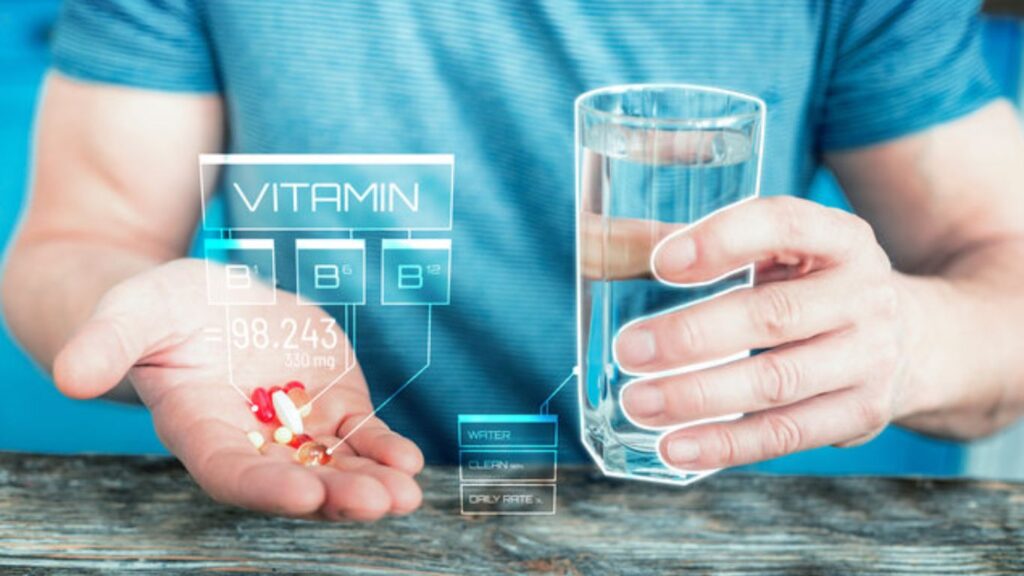In recent years, the concept of biohacking has transformed from a fringe interest into a mainstream health revolution. This phenomenon, rooted in the desire to optimize human performance and wellbeing, leverages a combination of biology, technology, and self-experimentation. As we dive into the intricacies of biohacking, we uncover its impact, methodologies, ethical considerations, and its evolving future.
The Rise of Biohacking: A Deep Dive into the Mainstream Health Revolution
The Genesis of Biohacking
Biohacking, at its core, is the practice of changing our chemistry and physiology through science and self-experimentation to energize and enhance the body. It’s a broad definition that covers a wide range of activities, from simple lifestyle and dietary changes to extreme body modifications.
Historical Context
The roots of biohacking are in the human desire for improvement and self-optimization. However, it wasn’t until the late 20th century that the term began to take on its current meaning. Pioneers in the biohacking field began experimenting with ways to tweak their biology for better health and performance.
The DIY Biology Movement
A significant contributor to the rise of biohacking has been the DIY biology movement. This movement consists of individuals and community labs that conduct experiments outside of traditional academic and corporate settings. It democratized access to biotechnology, allowing amateur scientists and hobbyists to explore their biological curiosities.
Methods and Practices in Biohacking
Biohacking encompasses a wide range of practices. Some biohackers focus on genetic engineering, others on nootropics for brain enhancement, and still others on extreme body modifications like implanting devices into their bodies.
Nutrigenomics and Diet

One popular area is nutrigenomics, the study of how foods affect our genes. Biohackers use this knowledge to tailor diets that optimize bodily functions and health outcomes.
Nootropics and Cognitive Enhancement
Nootropics, or “smart drugs,” are another mainstay of biohacking. These substances are used to enhance memory, creativity, or other cognitive functions. Biohackers often experiment with various combinations to achieve desired mental states.
Wearable Technology
Wearable tech plays a significant role in biohacking. Devices that track sleep patterns, heart rate, and physical activity provide biohackers with data to analyze and improve their health and performance.
Gene Editing and CRISPR
At the more extreme end, some biohackers are experimenting with gene editing technologies like CRISPR. These practices, while controversial, have the potential to revolutionize medicine and human capabilities.
The Ethics and Safety of Biohacking
As with any practice that involves manipulation of the human body, biohacking raises significant ethical and safety concerns.
Risk and Regulation
One of the primary concerns with biohacking is the lack of regulation and oversight. Many biohacking practices, especially those involving self-experimentation, carry significant risks.
Ethical Considerations
Biohacking also raises ethical questions. The potential for creating disparities in health and abilities between the “biohacked” and the natural human is a topic of much debate. Furthermore, the manipulation of human genetics opens up a Pandora’s box of ethical dilemmas.

The Impact of Biohacking
Biohacking’s impact is far-reaching. It has the potential to revolutionize healthcare, improve quality of life, and even extend human lifespan.
Personal Empowerment
One of the most positive aspects of biohacking is the empowerment it offers individuals. By taking health and performance into their own hands, people can feel more in control of their bodies and lives.
Potential in Healthcare
In the healthcare sector, biohacking could lead to significant advancements. From personalized medicine to new treatments for chronic diseases, the potential for positive impact is immense.
Socioeconomic Implications
There are also socioeconomic implications to consider. As biohacking becomes more mainstream, it could exacerbate existing inequalities, with only those who can afford these technologies benefiting from their advantages.
The Future of Biohacking
The future of biohacking is as exciting as it is uncertain. With rapid advancements in technology and a growing community of enthusiasts, the possibilities are endless.
Technological Advancements
As technology continues to evolve, so too will the tools and methods of biohackers. From more sophisticated wearable devices to advanced genetic editing techniques, the future of biohacking is tied to technological innovation.
Mainstream Acceptance

Another key aspect of its future is the degree to which biohacking is accepted by the mainstream. As more people adopt biohacking practices, we may see a shift in societal attitudes towards self-experimentation and body modification.
Ethical and Regulatory Evolution
As biohacking grows, so too will the need for ethical guidelines and regulatory oversight. The development of these frameworks will be crucial to ensuring that biohacking evolves in a safe and ethical manner.
Conclusion
The rise of biohacking represents a significant shift in the way we think about health, medicine, and human potential. From simple dietary changes to complex genetic editing, the breadth of biohacking practices reflects the diverse interests and goals of its practitioners. While it brings with it significant ethical and safety considerations, the potential benefits of biohacking cannot be overlooked. As we continue to explore the boundaries of human performance and health, biohacking will undoubtedly play a crucial role in shaping our future.
Also read: How to Maximize Your Health and Fitness Goals with a Fitness Tracker
